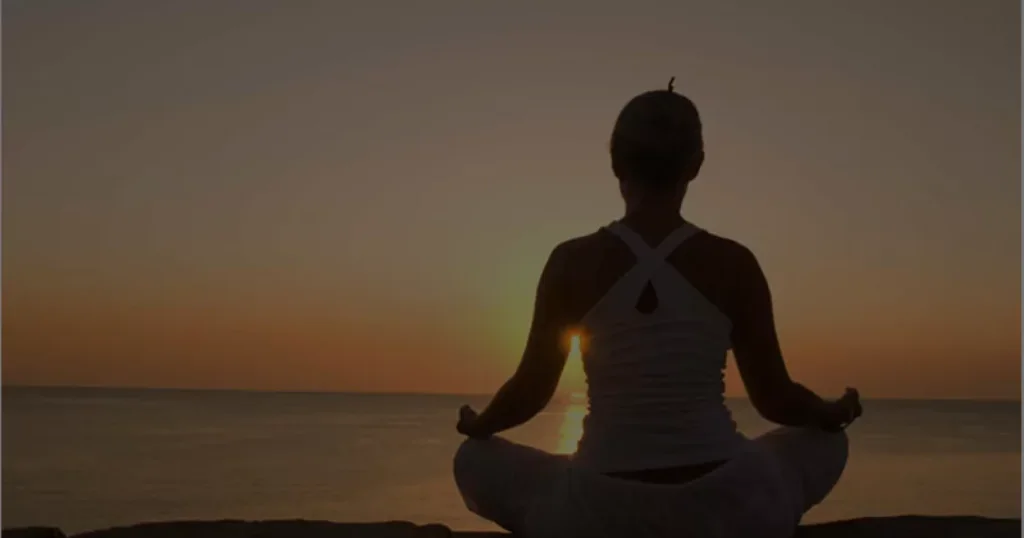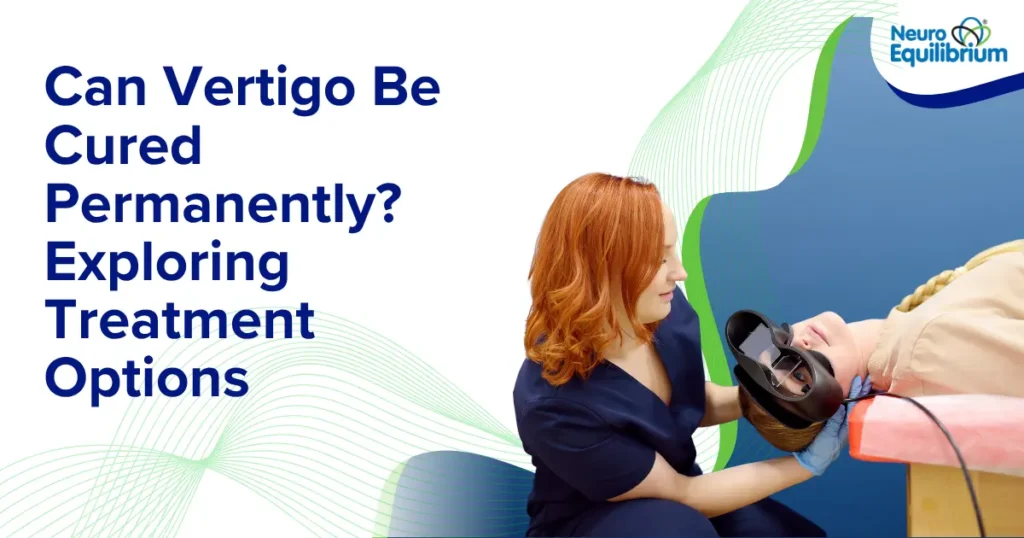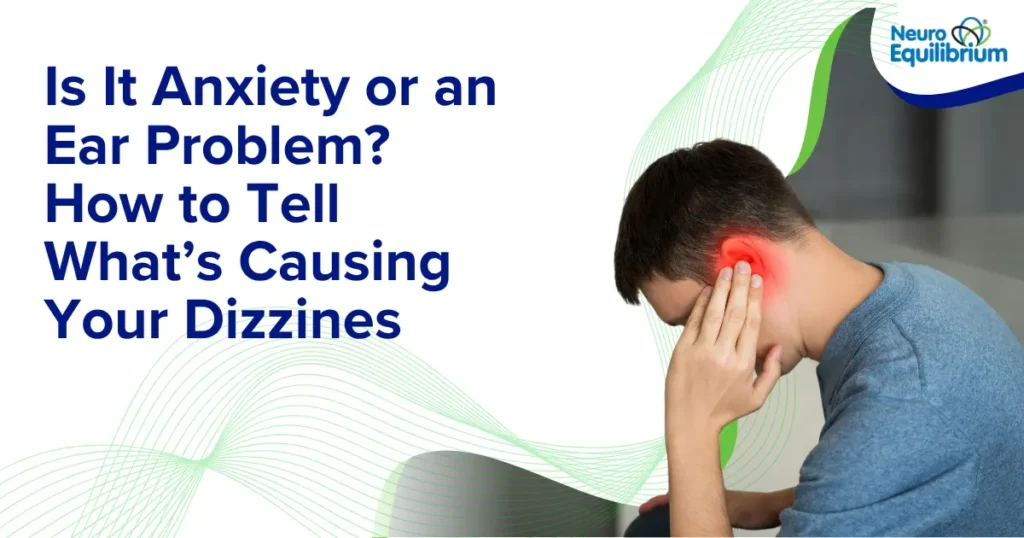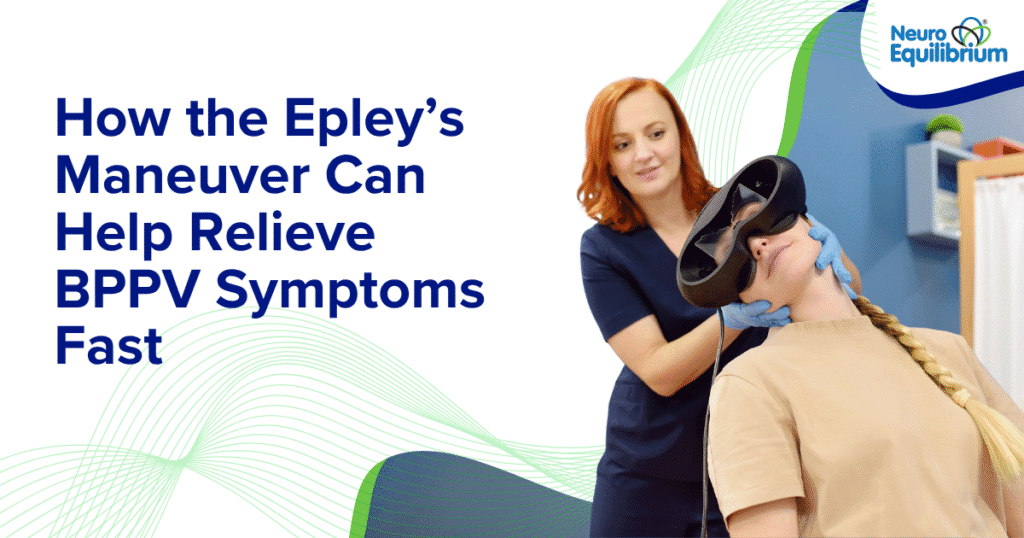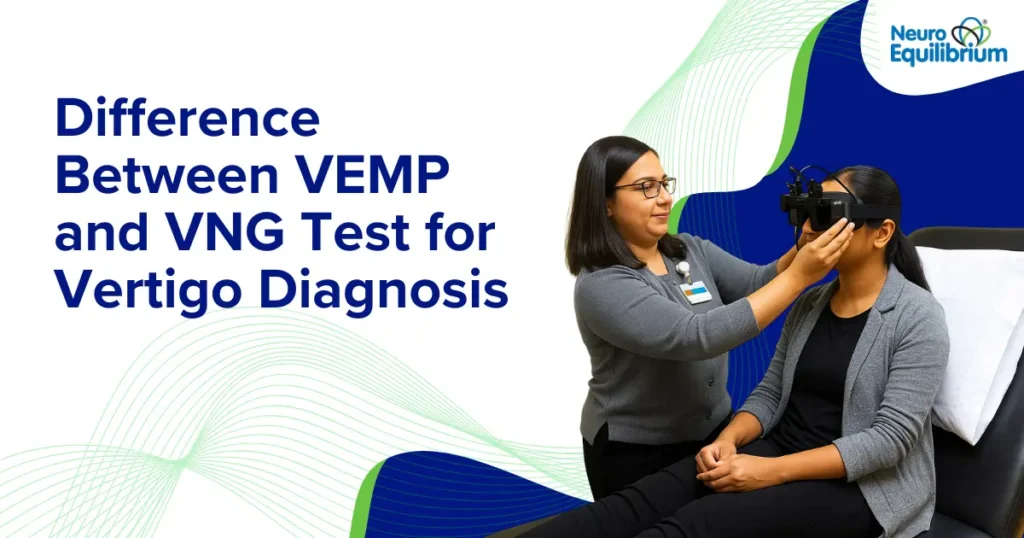Vestibular disorders affect the health leading to loss of balance, unsteadiness, nausea, motion sickness, fatigue and an increased risk of fall.
After evaluating and diagnosing the cause and site of disorder, rehabilitation exercises and coordinated movements may benefit the people suffering from balance disorders.
Vestibular Rehabilitation Therapy is advisable to patients having postural imbalance, difficulty in focusing during head movement or unsteadiness putting them at an increased risk of fall. The therapy is based on 4 main principles-habituation, desensitization, gaze stabilization and balance training. Different rehabilitation strategies are used for different patients based on the cause of vertigo or imbalance, age and other associated problems like knee pain, backache, obesity, etc. These exercises need to change continually and be progressive to challenge the balance system in different ways.
Yoga and Tai Chi exercises are traditional physical exercises that are fast gaining patronage among the people suffering dizziness due to vestibular disorders.
Know More About Alternative Therapies:
- Balance Rehabilitation: Exercises and Therapy Techniques
- How Exercises Help To Treat Vertigo And Dizziness?
- Prevention Of Falls
Let’s find out how Yoga and Tai Chi help one deal with balance disorders.
- Tai Chi and Yoga for balance work to bring mind and body together. For the one who has balance disorders being mindful and intentional of their movements is very important. People suffering from vertigo often restrict their social interactions for fear of a sudden dizzy spell.
- Both Yoga and Tai Chi combine focus, breathing, and body movements to relax the mind and body. Combining practice of these modalities with vestibular rehab therapy brings better results of recovery. The rehab exercises will be more effective when one is in a receptive state of mind and willing to take up recommended vertigo exercises with an open mind. A scary mind is hesitant and restricts the effectiveness of the treatment.
- The fear of a fall often causes people with vertigo to reduce the physical activities. The restriction of movements affect bone and muscle strength adversely and may introduce other health issues such as obesity, lowered immunity, heart diseases etc. Tai Chi and Yoga exercises ensure good health by not compromising on physical movements due to dizziness.
- The vestibular rehabilitation exercises help reconfigure the brain and develop alternative balance strategies ways to receive the sensory information and initiate required motor functions; this is quite a complex mechanism. The Yoga and Tai Chi exercises too work on the similar lines and hence can compliment VRT and ensure better and quicker balance regain.
- Both the traditional practices help postural improvement and vision steadiness,
- Tai Chi and Yoga for balance strengthen the somatosensory system by practices of smooth and balanced movement of ankle, knee and hip joints. The exercises strengthen the lower body (trunk) and its sensory system to balance the body during turning, walking, or bending. This vital training helps a vertigo-ridden person to carry out his daily activities independently while maintaining body balance.
- Both the traditional forms are versatile and vary on the level of complexity of practices. Vertigo patients can adopt necessary and comfortable movements and postures that work well for them.
- Yoga and Tai Chi reinforce what VRT does (Retrain the brain to adapt to the disturbed signals from the malfunctioning vestibular system of the inner ear). Some take a longer time to train, during that period adding either yoga or tai chi session will significantly reinforce coordination of vestibular, visual and motor functions improving balance and gait.
Remember these Alerts
- Consult the vestibular expert doctor or vestibular expert therapist before enrolling yourself in a yoga or tai chi class. Discuss at length about your health condition, type and severity of vertigo and any other balance disorders. Ask what you can or cannot do in particular, so that you know how much you can stretch yourself and be clear about the results you are expecting from the practice.
- Choose your instructor carefully. An experienced instructor with understanding and experience of training people with vestibular disorders will know what positions and movements to avoid so that the exercise does not trigger the dizzy episodes.
- If you are not comfortable doing any particular pose, convey it to the instructor immediately. Both of you can work out better suiting poses.
- Ask for one-on-one instruction.
- Do not overstrain.
Yoga and Tai Chi work best when incorporated with medical assistance and vestibular rehabilitation program. Together they can improve- body balance, mobility, posture, and flexibility along with boosting confidence to take care of oneself independently and not compromise on the quality of life.






